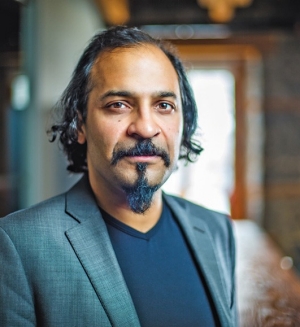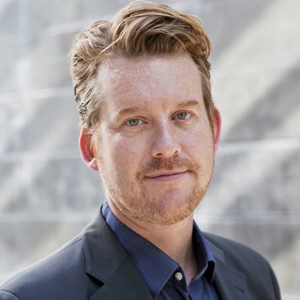The infamous events of January 6, 2021 — when more than 2,000 Donald Trump supporters stormed the United States Capitol — marked the culmination of several related phenomena: acute polarization, the sway of conspiracy theorists and the incitement of violence by unsavoury political actors.
The attack in Washington, D.C., was also the climax of efforts by far-right extremist groups like the Proud Boys, the Oath Keepers and the Three Percenters to radicalize those sympathetic to their causes.
Extremist propaganda has been pervasive online since the advent of the internet, with groups as disparate as the Islamic State and citizen militias leveraging platforms — from primitive bulletin-board systems to social-media networks — to advance their ideological goals.
“What is evident among them is that they all exploit affordances of various platforms to plan events, recruit, finance and communicate,” says Yasmin Jiwani, a professor of communication studies and the Concordia University Research Chair in Intersectionality, Violence and Resistance.
Those efforts have been accelerated and rewarded of late — the COVID-19 pandemic, notably, has been used by many as an excuse to capitalize on and exploit anti-government and anti-science sentiment.
For researchers at Concordia who study online extremism, the question is: What can be done about it?
Who are the online extremists?
When the threat of online extremism was discussed roughly a decade ago, the conversation typically centred on the Islamic State’s use of social media to convert and recruit. While such extremists have hardly gone away, far-right extremists most concern many observers these days.


 Joan Donovan, BA 06, MA 08 | Photo: Shorenstein Center on Media, Politics and Public Policy
Joan Donovan, BA 06, MA 08 | Photo: Shorenstein Center on Media, Politics and Public Policy
 Vivek Venkatesh, MA 03, PhD 08
Vivek Venkatesh, MA 03, PhD 08
 Yasmin Jiwani
Yasmin Jiwani
 Aphrodite Salas, MA 99
Aphrodite Salas, MA 99
 Kyle Matthews
Kyle Matthews